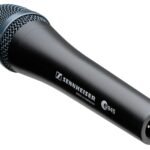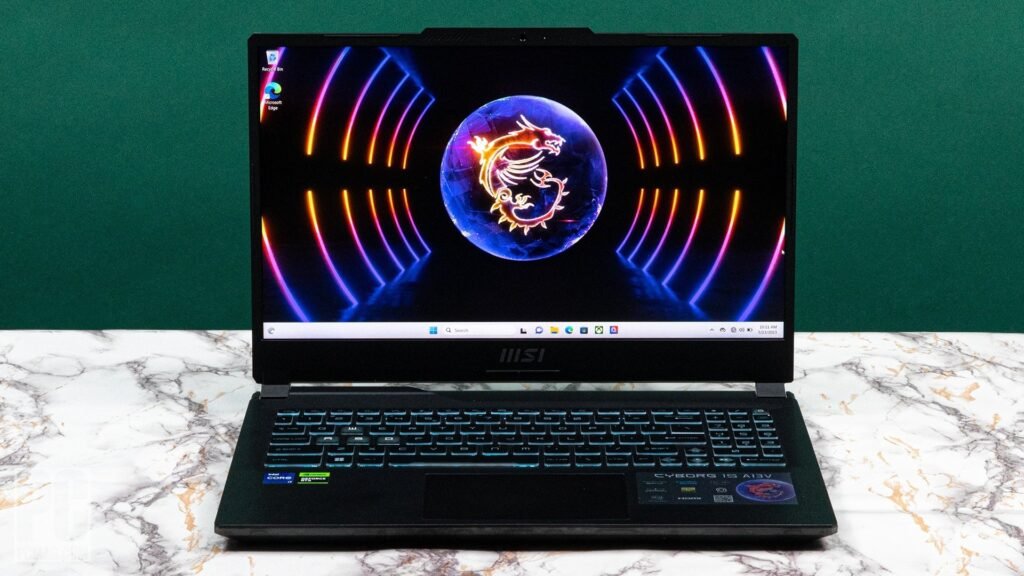Sennheiser E935 Fake Vs Real, When investing in professional audio equipment like the Sennheiser e935, it’s essential to ensure you’re getting an authentic product. The e935 is a highly regarded dynamic microphone used by musicians, performers, and audio engineers for its high-quality sound and durable construction. However, with the popularity of the model, counterfeit versions have begun to circulate in the market. In this article, we’ll explore how to identify the differences between a fake and a real Sennheiser e935.
1. Build Quality
One of the first things to examine when evaluating the authenticity of a Sennheiser e935 is the build quality. The real e935 is known for its robust, metal construction with a solid feel. A counterfeit microphone, on the other hand, may feel lighter, more plastic-like, and have uneven seams or paintwork.
Key Indicator: The real e935 will feel heavier, with a sturdy and premium finish. A fake one may feel flimsy or poorly constructed.
2. Logo and Branding
The Sennheiser logo on a real e935 microphone is carefully etched or printed with precise detailing. The font should be sharp and clear, and the logo should be consistent across the microphone’s body.
Key Indicator: Fake e935s often have poorly printed logos that may look blurry, faded, or uneven. The logo might also feel raised or “off-center” when touched.
3. Weight and Balance
Authentic Sennheiser e935 microphones are well-balanced, with the center of gravity located at the body of the mic. Fakes might feel unbalanced or awkward to hold, and the weight may be noticeably lighter or heavier than expected.
Key Indicator: Hold the microphone and see how it feels in your hand. If it feels off balance or too light, it might be a fake.
4. Serial Number
Each Sennheiser microphone has a unique serial number, typically found on the bottom of the mic or on the packaging. To ensure your e935 is real, check this number and compare it with Sennheiser’s records.
Key Indicator: A fake microphone may either lack a serial number or display one that doesn’t match any known Sennheiser database.
5. Sound Quality
The most crucial factor in distinguishing between a real and fake Sennheiser e935 is the sound quality. The e935 delivers clear, crisp sound with excellent feedback rejection, making it ideal for live performances. Fake versions, however, often have distorted sound, lower gain, or poor rejection of background noise.
Key Indicator: Test the microphone in a live or studio setting. If the sound quality is subpar with excessive noise or distortion, it’s likely a fake.
6. Price
While it’s tempting to find a deal, the price can be a significant clue. Sennheiser e935 microphones typically sell for a premium due to their high quality. If you find a deal that seems too good to be true, it’s worth investigating further.
Key Indicator: An e935 priced significantly lower than the retail value may be a counterfeit.
7. Packaging
The packaging of an authentic Sennheiser e935 is also an important detail. The box should have a sleek, professional design with clear printing and no signs of cheap materials. Inside the box, the microphone should be neatly secured, and the contents should include relevant paperwork, such as the warranty and user manual.
Key Indicator: Fake versions often have poorly printed boxes, unprofessional packaging, and missing or subpar documentation.
Conclusion
Knowing how to identify a fake vs. real Sennheiser e935 microphone is crucial for anyone seeking high-quality audio equipment. Always buy from trusted retailers and inspect the microphone closely for signs of authenticity. With attention to detail, you can confidently differentiate between a genuine e935 and a counterfeit version, ensuring you get the best sound experience possible.
You Might Also Like These:
sennheiser headphones bluetooth pairing
how to connect canon printer to mobile












No Comment! Be the first one.